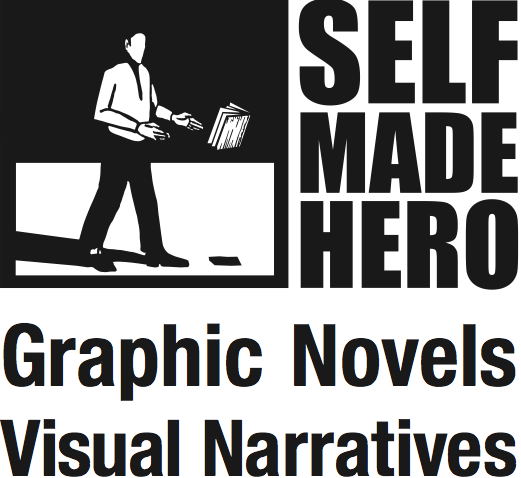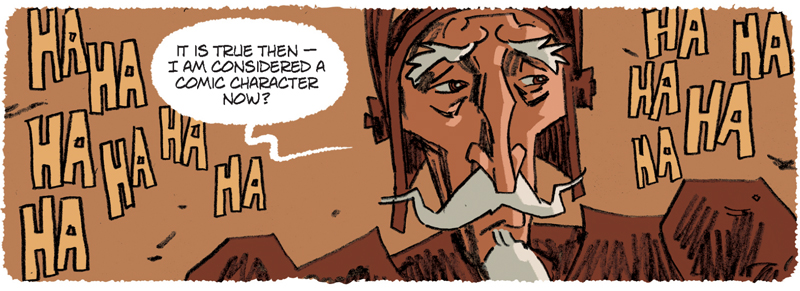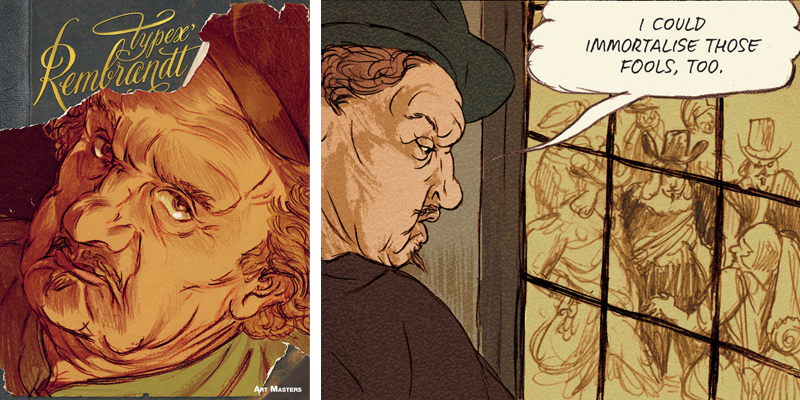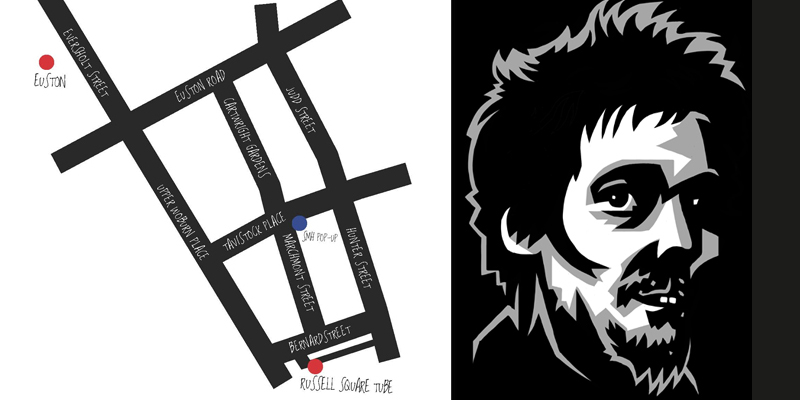SelfMadeHero’s Autumn releases!
2 July 2013
The graphic novel renaissance in Britain continues apace, and our creators are receiving more attention and acclaim than ever before. This year we’ve already seen Glyn Dillon’s The Nao of Brown pick up the Prix Spécial du Jury at Angoulême and Paul Collicutt’s The Murder Mile win broad praise in the national press.
Autumn 2013 sees the launch of a hilarious gift book, The (True!) History of Art, which ponders the nagging mysteries of art history; the two volumes of Rob Davis’ celebrated adaptation of Don Quixote are collected in a beautifully produced hardback; and Oscar Zarate’s stunning piece of original fiction, The Park, will also be released. November will see the publication of the first volume of Frederik Peeters’ Angoulême award-winning series, Aâma, and a terrific original graphic novel by ILYA, Room For Love.
Check out our new catalogue here.
Autumn 2013 sees the launch of a hilarious gift book, The (True!) History of Art, which ponders the nagging mysteries of art history; the two volumes of Rob Davis’ celebrated adaptation of Don Quixote are collected in a beautifully produced hardback; and Oscar Zarate’s stunning piece of original fiction, The Park, will also be released. November will see the publication of the first volume of Frederik Peeters’ Angoulême award-winning series, Aâma, and a terrific original graphic novel by ILYA, Room For Love.
Check out our new catalogue here.





